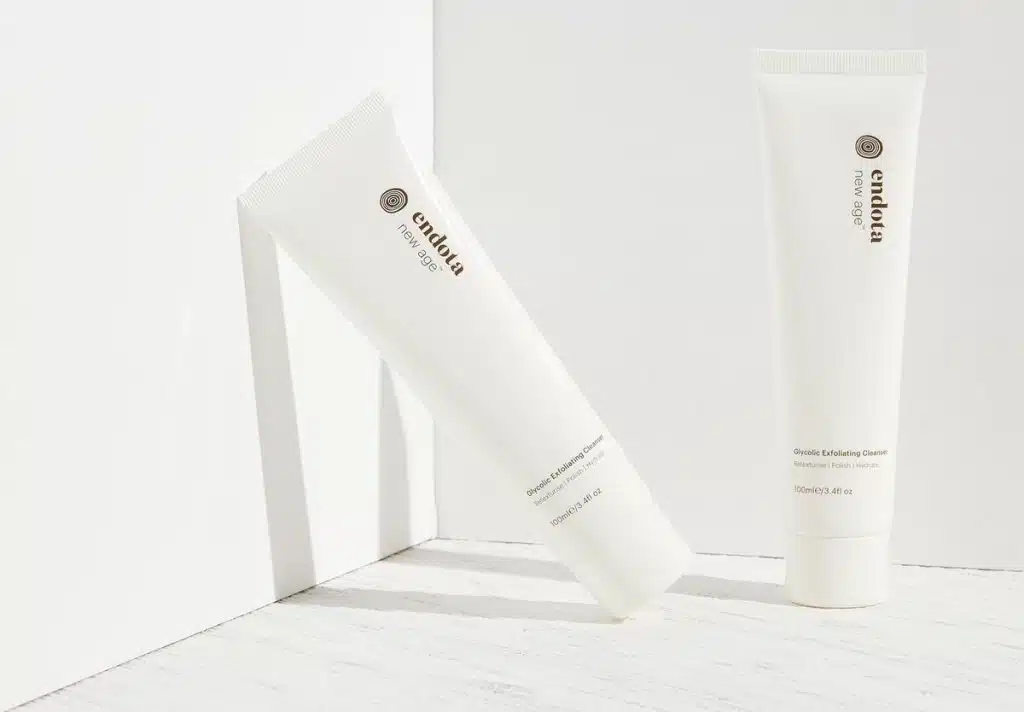The skin-brightening ingredient that could transform your skin.
If you were to compile all your skincare products, chances are at least one of them would contain an alpha hydroxy acid. This active ingredient is one of the most widely studied in skincare, known for its ability to resurface and refine skin, and as one of the most effective exfoliants you can use.
But it’s also quite strong, so knowledge is power when it comes to incorporating it into your skincare routine. That’s why we’ve enlisted endota skin expert and education coordinator Kimberley Conboy to share what alpha hydroxy acids are, how they work, what they do for the skin, and how to use them for luminous results. Keep reading for these insights, and her top endota product recommendations.
So, what exactly are alpha hydroxy acids?
Kimberly explains that alpha hydroxy acids (often referred to as AHAs) are water-soluble molecules usually derived from natural ingredients like fruit, dairy or sugar cane. Their primary focus is to exfoliate, and they do this by melting the intercellular glue that holds our skin cells together, which increases the skin’s shedding process.
endota skin expert and education coordinator Kimberley Conboy explains that hyaluronic acid has a low molecular weight and is able to penetrate even the deepest layers of the skin, activating cellular regeneration in a natural and effective way.
Here, Kimberley breaks down some of the most common AHAs found in skincare.
- Glycolic Acid: Derived from sugar cane, glycolic acid is one of the original and most popular AHAs used in topical products.
- Lactic Acid: More gentle than glycolic, lactic acid is also widely used and derives from milk.
- Mandelic Acid: Derived from bitter almonds.
- Tartaric Acid: Derived from grapes.
- Malic Acid: Derived from apples and pears.
- Citric Acid: Derived from citrus fruits.
What benefits do AHAs have on our skin?
AHAs work on the superficial layers of the epidermis, so they’re great for dry, dull and dehydrated complexions, explains Kimberley.
In simple terms, they dissolve the ‘glue’ that holds old cells together allowing them to be exfoliated away, revealing brighter, smoother skin underneath. And while they work quickly for immediate glow, AHAs are an amazing ingredient for anyone who wants to target dullness, pigmentation, fine lines or rough texture in the long term.
What’s the difference between an alpha and a beta hydroxy acid?
If you’ve heard of both alpha and beta hydroxy acids and are thinking, ‘Wait, what’s the difference?’, let us explain. In a nutshell, AHAs work on the outer layers of the skin to brighten and hydrate, while BHAs are oil-soluble and therefore can actively decongest clogged pores.
How can I incorporate AHAs into my routine?
When it comes to AHAs, it’s best to start slowly and build up a tolerance to see optimal results. They are found in a range of products, from cleansers to serums, so what you use will ultimately come down to your skin type, specific skincare concerns and your routine in general.


